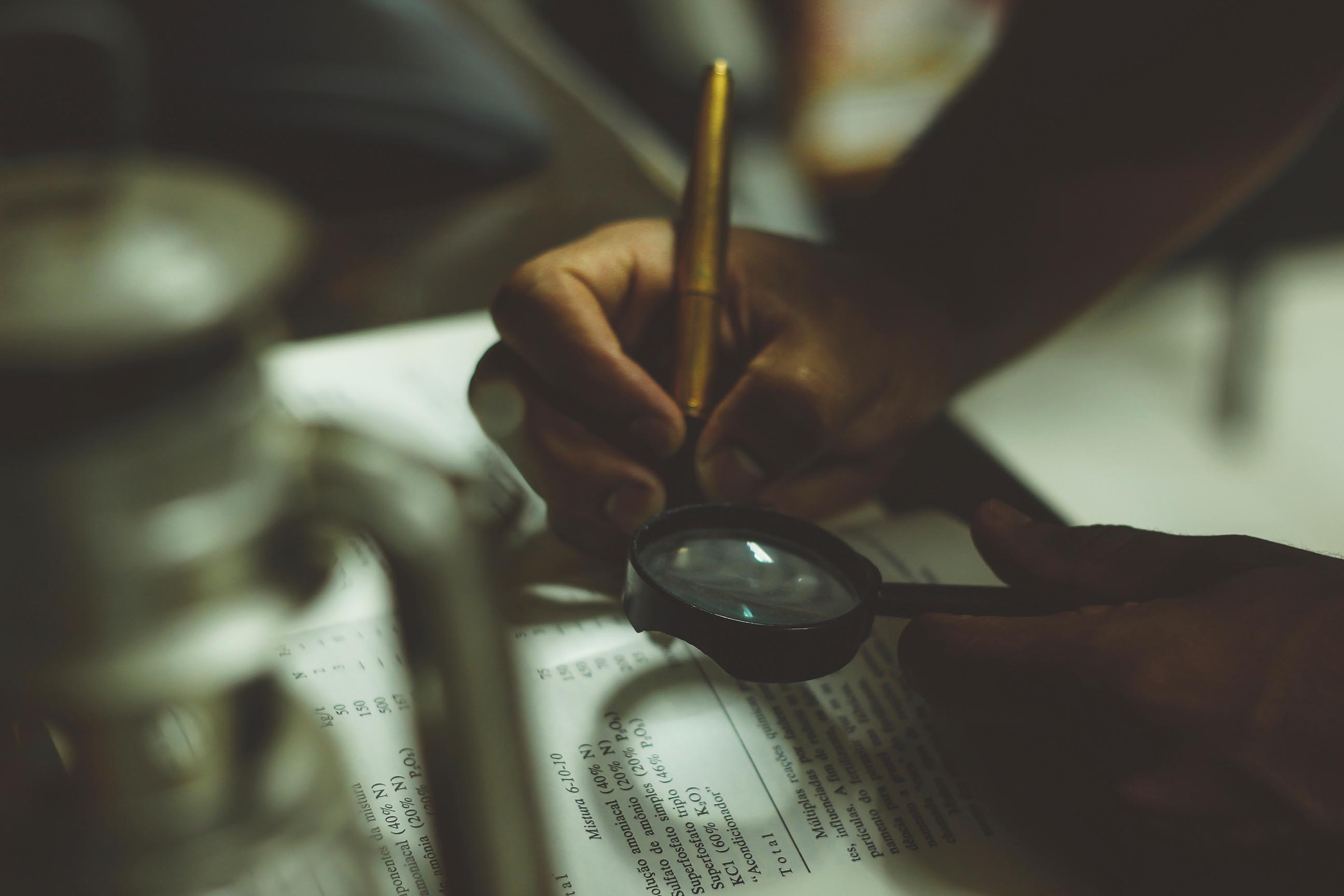Last December, the Patent Office issued Patent No. 8,609,158 on a “potent drug” that “rebukes cancer, cancer cells, and kills cancer.” According to the patent, this drug cures a litany of other maladies. What is this wonderful invention, you ask? It is a combination of “evening primrose oil, rice, sesame seeds, green beans, coffee, meat, cheese, milk, green tea extract, evening primrose seeds, and wine.” As the patent’s abstract says, “it works.”
There is no reason to doubt the sincerity of the person who filed this application. But the patent examiner could and should have rejected it on any number of grounds, including enablement, indefiniteness, and utility. Why would the examiner issue the patent despite its clear infirmities? The answer to that question reveals the fundamental imbalance at the heart of the patent system.
This patent’s most obvious flaw is lack of utility – there’s no proof that the invention works. But the system places the burden of proof on the Patent Office, not the person asking for a 20 year monopoly. The examiner likely decided a rejection was not worth the effort – frankly, we wonder whether the examiner even read the application. In a similar case, the Patent Office issued a patent to an applicant whose work was widely known to be fraudulent. (The purported inventor had even spent time in jail for the fraud.) As Professor James Grimmelmann observed at the time: “The USPTO is an armory handing out legal howitzers on the honor system. What could possibly go wrong?”
The patent system also provides inadequate review of the crucial questions of anticipation and obviousness, i.e. is the patent really a new invention? Buried by hundreds of thousands of applications, the Patent Office can preform only a cursory review of each one. Examiners spend an average of only 19 hours per application (assuming that the claimed hours are real) and only a portion of that time is spent on the difficult and time consuming task of searching for prior art. Recent research confirmed that “examiners are more likely to approve marginal inventions when pressed for time.”
Despite this plainly inadequate review, granted patents are powerful litigation weapons. An issued patent, even Patent No. 8,609,158, is presumed valid and can only be invalidated in court with clear and convincing evidence. This is part of the reason why defending a patent suit is so expensive, even when the patent is weak. Patent trolls use this as leverage to extort settlements.
This month’s winning patent may be something of an outlier. But finding other bad patents is not difficult. Our (dis)honorable mentions this month include the recent patents US 8,793,159, US 8,793,178, and US 8,793,183. (Each of these patents, despite being issued after the Supreme Court’s decision in Alice v. CLS Bank, merely ties an abstract business process to a computer.) Whether we consider this month’s stupid patent or the runners-up, it’s clear we need fundamental reform to stop the flood of bad patents.

